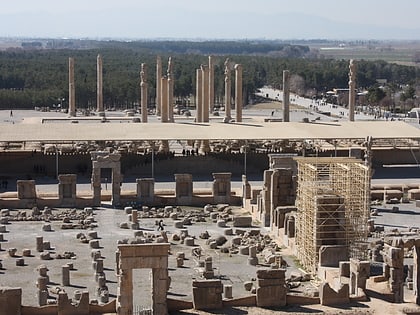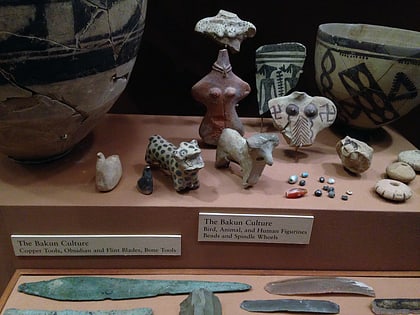Tall-i Bakun, Persepolis
#7 among attractions in Persepolis
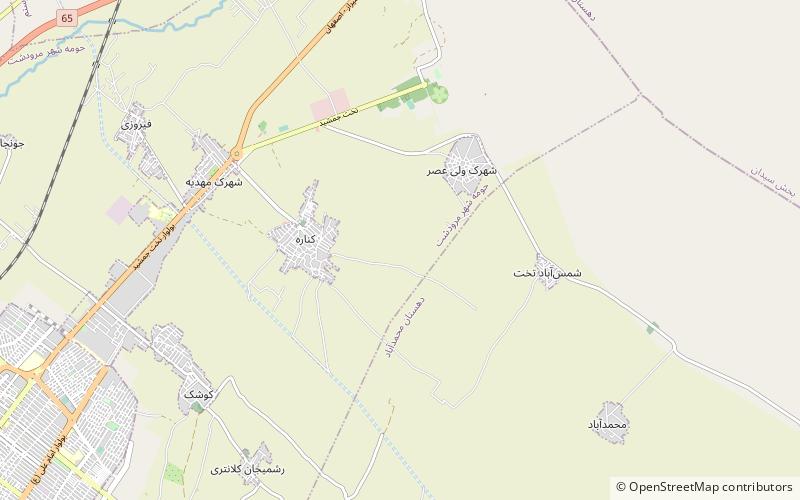

Facts and practical information
Tall-i Bakun or Tall-e Bakun was a prehistoric site in the Ancient Near East about 3 km south of Persepolis. It was inhabited around 4000-3500 BC. ()
Persepolis Iran
Tall-i Bakun – popular in the area (distance from the attraction)
Nearby attractions include: Naqsh-e Rustam, Ka'ba-ye Zartosht, Tachara, Tomb of Darius I.
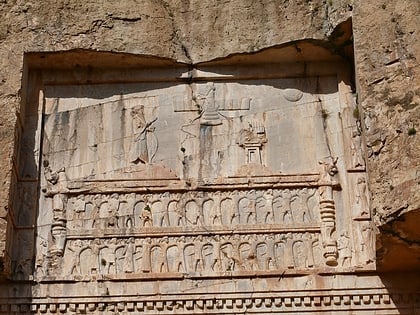 Achaemenid architecture, Archaeological site
Achaemenid architecture, Archaeological siteNaqsh-e Rustam, Persepolis
140 min walk • Naqsh-e Rostam is an ancient archeological site and necropolis located about 12 km northwest of Persepolis, in Fars Province, Iran.
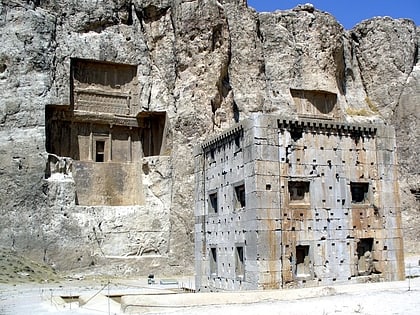 Historical place
Historical placeKa'ba-ye Zartosht
139 min walk • Ka'ba-ye Zartosht, a remarkable and enigmatic structure, stands proudly at the Naqsh-e Rostam archaeological site near Shiraz in Iran. This ancient edifice, which dates back to the Achaemenid Empire—specifically to the 5th century BCE—has long intrigued historians...
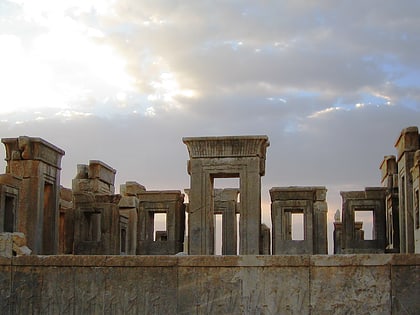 Achaemenid architecture, Archaeological site
Achaemenid architecture, Archaeological siteTachara, Persepolis
47 min walk • The Tachara, or the Tachar Château, also referred to as the Palace of Darius the Great, was the exclusive building of Darius I at Persepolis, Iran. It is located 70 km northeast of the modern city of Shiraz in Fars Province.
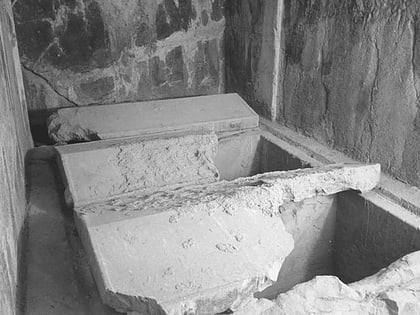 Tomb
TombTomb of Darius I
140 min walk • The Tomb of Darius I, also known as the Tomb of Darius the Great, is an ancient monument carved into a cliff face at the historical site of Naqsh-e Rustam in Iran. This grandiose resting place, attributed to Darius I, who ruled the Persian Empire from 522 to 486 BCE...
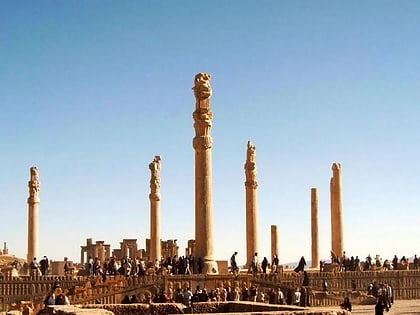 Achaemenid architecture, Historical place
Achaemenid architecture, Historical placeApadana, Persepolis
47 min walk • Apadana is a large hypostyle hall in Persepolis, Iran. It belongs to the oldest building phase of the city of Persepolis, in the first half of the 6th century BC, as part of the original design by Darius the Great.
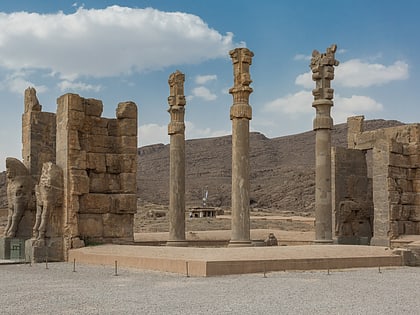 Achaemenid architecture, Ruins
Achaemenid architecture, RuinsGate of All Nations, Persepolis
45 min walk • The Gate of All Nations also known as the Gate of Xerxes, is located in the ruins of the ancient city of Persepolis, Iran. The construction of the Stairs of All Nations and the Gate of All Nations was ordered by the Achaemenid king Xerxes I, the successor of the founder of Persepolis, Darius I the Great.
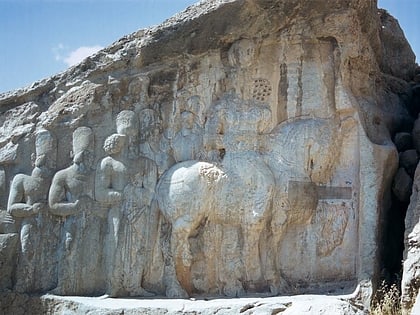 Monuments and statues
Monuments and statuesNaqsh-e Rajab, Persepolis
138 min walk • Naqsh-e Rajab is an archaeological site just west of Istakhr and about 5 km north of Persepolis in Fars Province, Iran. Together with Naqsh-e Rustam, which lies 2.5 km away, the site is part of the Marvdasht cultural complex.
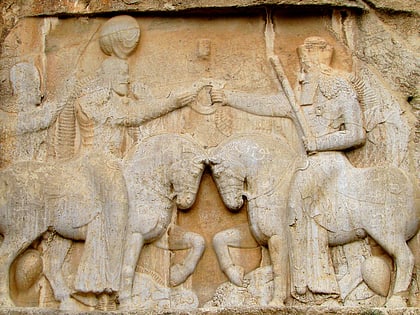
5.4 miN Archaeological site,Ahura Mazda and Ardashir I
139 min walk • Ahura Mazda and Ardashir I is a rock relief from Sasanian Persia. It is also known as The inscription of Ardashir-e Babakan and Hormozd or Coronation of Ardashir-e Babakan.
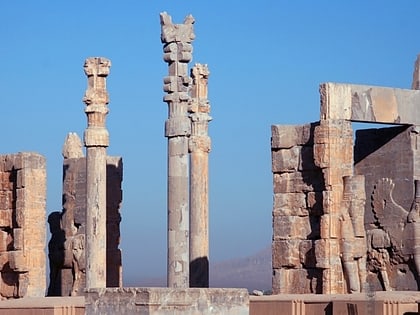 City, Historical place, Sculpture
City, Historical place, SculpturePersepolis Museum, Persepolis
48 min walk • Persepolis was the ceremonial capital of the Achaemenid Empire. It is situated in the plains of Marvdasht, encircled by southern Zagros mountains of Iran. Modern day Shiraz is situated 60 kilometres southwest of the ruins of Persepolis. The earliest remains of Persepolis date back to 515 BC.
